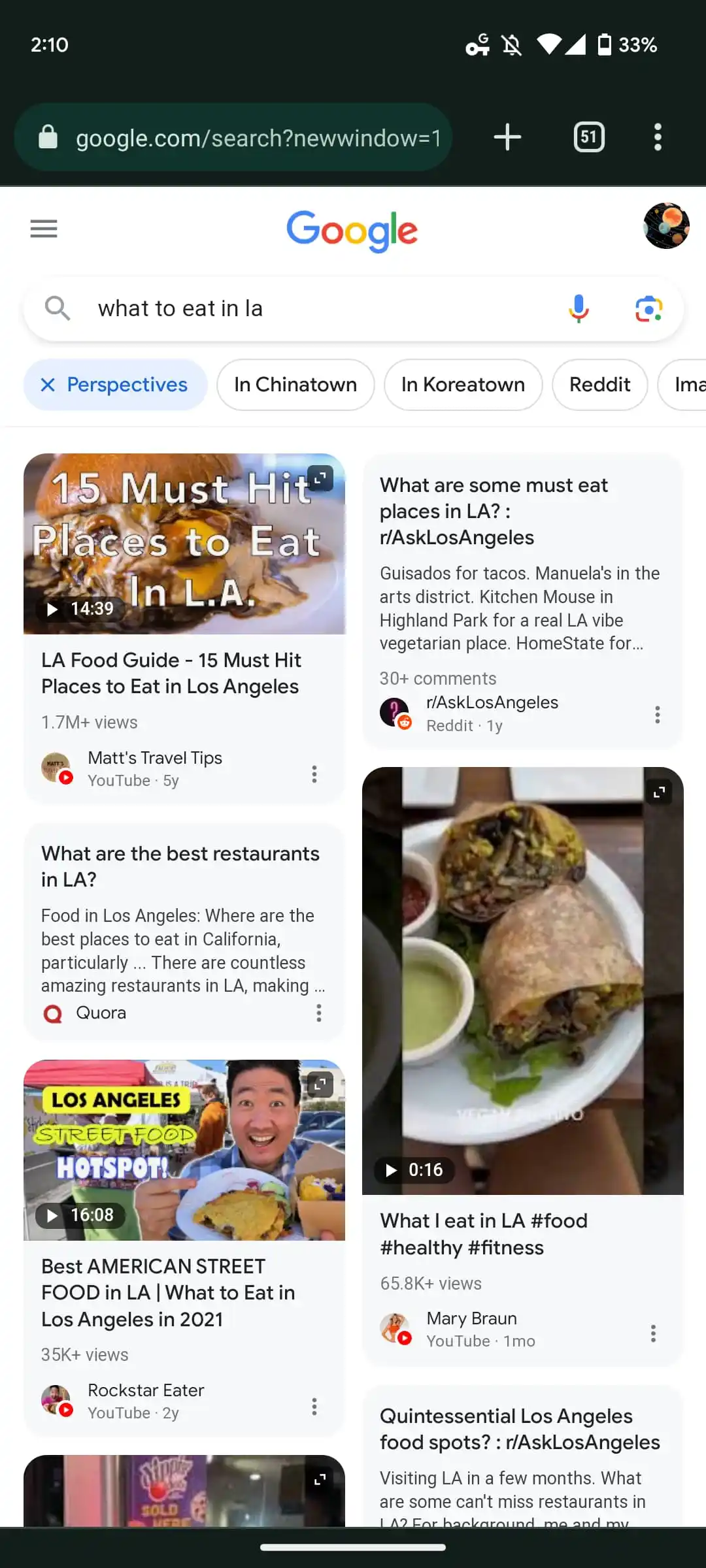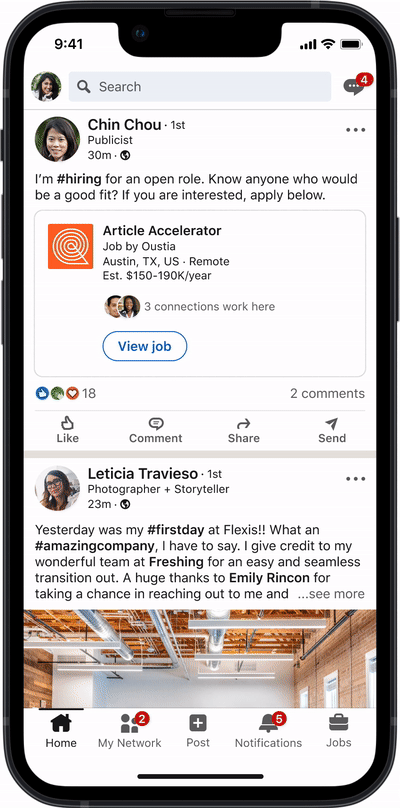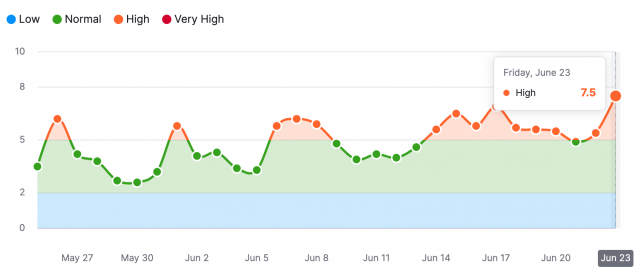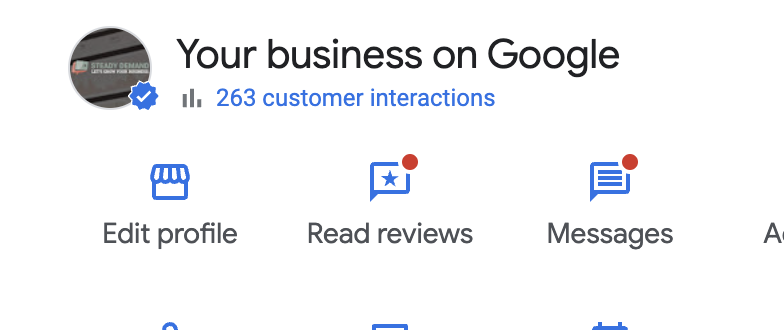Local Memo: A Majority of Marketing Professionals Are Using Generative AI

Local Memo: A Majority of Marketing Professionals Are Using Generative AI
In this week’s update, learn about the popularity of generative AI in marketing; the rollout of Google’s Perspectives filter; LinkedIn’s test of generative AI in posts; a guide to images that improve conversion; wild fluctuations in search ranking; and red dots for unread content in the GBP interface.
A Majority of Marketing Professionals Are Using Generative AI
A LinkedIn poll conducted by Social Media Today finds that 67% of respondents are currently using generative AI in their daily work. The result is based on approximately 1,300 responses. The article announcing the news notes that Social Media Today’s LinkedIn followers are mostly U.S.-based marketing and communications professionals. If the majority of marketing professionals are indeed using generative AI on a regular basis, they are at the forefront compared to most U.S. users. For instance, according to a poll conducted in May by Pew Research Center, some 58% of Americans have heard of ChatGPT, but only 14% have tried using it themselves, and only one in ten of those respondents have used it for work.
Google’s Perspectives Filter Goes Live
As previewed at this year’s I/O conference, Google is now rolling out Perspectives, a new search filter that showcases content from forums and social platforms. The filter is designed to appear for queries that “benefit from the experience of others,” according to Google’s announcement. Content may include “long- and short-form videos, images, and written posts that people have shared on discussion boards, Q&A sites, and social media platforms.” Results on mobile are displayed in the form of cards in two columns, with prominent images and attribution that includes “information about the popularity” of content, including view and comment counts.

Courtesy 9to5 Google
LinkedIn Testing Generative AI in Posts
LinkedIn is testing a feature with some users that would aid in creating the content for posts using generative AI. Users are asked to enter at least 30 words outlining what they want to say in a post, after which the AI feature will create the draft of a full post. The user then has the option to edit or revise the post before it is published. “Responsible AI is a foundational part of this process,” says LinkedIn Director of Product Karen Baruch, “ so we’ll be moving thoughtfully to test this experience before rolling out to all our members.”
In other news, LinkedIn has announced new AI-based functionality for detecting fake profiles. The company’s new tool is reportedly 99% successful in using image analysis to detect fake profiles. Fake profiles are a rampant problem on the platform, with LinkedIn reporting that 21 million fake accounts were detected and removed just in the first half of 2022. LinkedIn’s image analysis looks for common patterns that are only present in AI-generated images.

Courtesy Keren Baruch / LinkedIn
A Guide to Images That Improve Conversion
A guide from Brafton shows the characteristics of images that improve online conversion. These characteristics include:
- High image quality that conform to the platform’s guidelines
- Original images rather than stock photography
- Focus on product images and demonstrations
- Match images to customer demographics
- Use custom graphics to define your brand
- Create explainer videos showing how your products or solutions work
Search Rankings Fluctuate Wildly, But No Confirmed Algorithm Update
For the past week or more, tools that monitor search ranking have detected higher than average rates of volatility in website rankings. In fact, signs of volatility have been occurring since early May, though indications are especially strong towards the end of last week. Many SEOs are commenting on the impact of this volatility on the sites they manage. As yet, there has been no confirmation from Google of an official ranking algorithm update. The last confirmed ranking update was the reviews update in April.

Ranking volatility according to SEMrush, courtesy Search Engine Roundtable
New Red Dots for Unread Items in GBP Interface
Google’s New Merchant Experience (NMX) interface for Google Business Profiles, accessible in the search result page for a business when logged in as the owner or manager, now displays a blue dot next to the review or message icon when a user has unread reviews or messages. When the user has reviewed the unread content, the red dot goes away. This was reported by Ben Fisher the other day; some users have noted that the red dot has been showing for them for a while now, so perhaps it is now rolling out to all users.

Courtesy Ben Fisher




